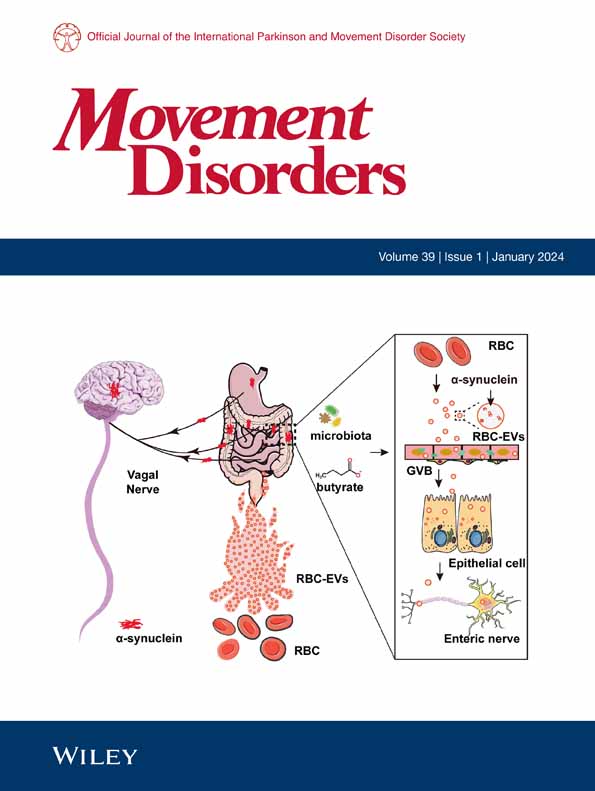Guillaume Cogan, Kensuke Daida, Cornelis Blauwendraat, Kimberley Billingsley, Alexis Brice
求助PDF
{"title":"Exploration of Neurodegenerative Diseases Using Long-Read Sequencing and Optical Genome Mapping Technologies.","authors":"Guillaume Cogan, Kensuke Daida, Cornelis Blauwendraat, Kimberley Billingsley, Alexis Brice","doi":"10.1002/mds.30151","DOIUrl":null,"url":null,"abstract":"<p><p>Genetic factors play a central role in neurodegenerative disorders. Over the past few decades, significant progress has been made in identifying the causative genes of numerous monogenic disorders, largely due to the widespread adoption of next-generation sequencing (NGS) technologies in both research and clinical settings. However, many likely monogenic disorders still lack an accurate molecular diagnosis, primarily because conventional NGS methods are not effective at detecting structural variants and repeat expansions, both of which are crucial in many neurogenetic diseases. Recently, long-read sequencing (LRS) and optical genome mapping technologies have emerged as powerful tools, offering the ability to capture more complex genetic variations. These technologies have already led to the discovery of novel genes responsible for well-characterized neurodegenerative diseases (ND), enhancing the understanding of the biological underpinning of these conditions. Although currently LRS is mostly used in a research setting, we anticipate broader implementation of these methods in clinical laboratories in the near future. In this review, we explore the contributions of these technologies to ND research and highlight the remaining challenges for future advancements. © 2025 The Author(s). Movement Disorders published by Wiley Periodicals LLC on behalf of International Parkinson and Movement Disorder Society. This article has been contributed to by U.S. Government employees and their work is in the public domain in the USA.</p>","PeriodicalId":213,"journal":{"name":"Movement Disorders","volume":" ","pages":""},"PeriodicalIF":7.4000,"publicationDate":"2025-03-03","publicationTypes":"Journal Article","fieldsOfStudy":null,"isOpenAccess":false,"openAccessPdf":"","citationCount":"0","resultStr":null,"platform":"Semanticscholar","paperid":null,"PeriodicalName":"Movement Disorders","FirstCategoryId":"3","ListUrlMain":"https://doi.org/10.1002/mds.30151","RegionNum":1,"RegionCategory":"医学","ArticlePicture":[],"TitleCN":null,"AbstractTextCN":null,"PMCID":null,"EPubDate":"","PubModel":"","JCR":"Q1","JCRName":"CLINICAL NEUROLOGY","Score":null,"Total":0}
引用次数: 0
引用
批量引用
Abstract
Genetic factors play a central role in neurodegenerative disorders. Over the past few decades, significant progress has been made in identifying the causative genes of numerous monogenic disorders, largely due to the widespread adoption of next-generation sequencing (NGS) technologies in both research and clinical settings. However, many likely monogenic disorders still lack an accurate molecular diagnosis, primarily because conventional NGS methods are not effective at detecting structural variants and repeat expansions, both of which are crucial in many neurogenetic diseases. Recently, long-read sequencing (LRS) and optical genome mapping technologies have emerged as powerful tools, offering the ability to capture more complex genetic variations. These technologies have already led to the discovery of novel genes responsible for well-characterized neurodegenerative diseases (ND), enhancing the understanding of the biological underpinning of these conditions. Although currently LRS is mostly used in a research setting, we anticipate broader implementation of these methods in clinical laboratories in the near future. In this review, we explore the contributions of these technologies to ND research and highlight the remaining challenges for future advancements. © 2025 The Author(s). Movement Disorders published by Wiley Periodicals LLC on behalf of International Parkinson and Movement Disorder Society. This article has been contributed to by U.S. Government employees and their work is in the public domain in the USA.

 求助内容:
求助内容: 应助结果提醒方式:
应助结果提醒方式:


